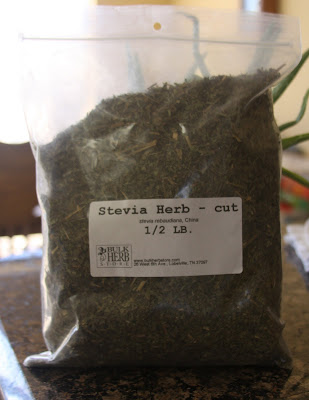
First, you will need a good quality chicken. I usually get mine from a local butcher, but you can also buy them direct from local farms.
In addition to a chicken, you will need:
1 large onion, roughly chopped
3 large carrot, roughly chopped
about 1/2 stick unsalted butter (1/4 cup)
sea salt
Pre-heat oven to 425 degrees.
Pat the chicken dry, then coat it generously with about half the butter. Salt the inside of the chicken with sea salt. Place the chicken in a heavy-duty pan (I used a large cast iron skillet) on its back. Lightly salt the outside with sea salt.
Brown the chicken on each side for 5-7 minutes each (on back, then on sides). Baste the chicken in-between with the remaining butter and a basting brush. I find that a large spoon, placed in the bottom side of the chicken is a good way to turn it without tearing the skin.

When the chicken has browned on all sides, keep it on its side. Add the chopped veggies and reduce the oven temp to 350 degrees. By this time, there should be enough butter and drippings in the pan to use for basting. Baste the chicken again before closing oven.
After adding the veggies, baste the chicken every 15 minutes for the remainder of the cooking time. Flip the chicken to its other side half-way through. Roll the bird onto its back about five minutes at the end.
One good way of checking to see if your chicken is fully cooked is to cut the skin between the breast and the leg. If the juices are golden, it is cooked. If the juices are pink, put your bird back into the oven for 10 minutes intervals until the pink is gone.
My bird was a little over 5 lbs, and I let it cook (total time) for 1hr 30minutes. You can adjust this according to the weight.
The veggies in the basting juices are delicious, and add flavor to the chicken, also! Use them as a garnish for the meat. You can also throw some baking potatoes into the oven when your bird has about an hour left to cook. I use a cast iron skillet with a lid to bake my potatoes, after having coated them with coconut oil and salt.
Another great side would be cream cheese and spinach! Just cook a bag of frozen spinach according to package directions, then drain most of water. Add 4-6 oz cream cheese (cubed) to spinach, then season with salt, pepper and nutmeg. This is my favorite way to eat spinach!
Make sure you save your chicken carcass for making stock! Here's a video to show you how :)
I don't usually brown the bones before throwing them in the stock pot, and I incorporate the drippings from the iron skillet in my stock- Yummy!

















































